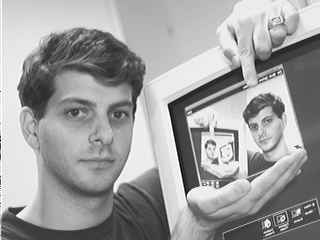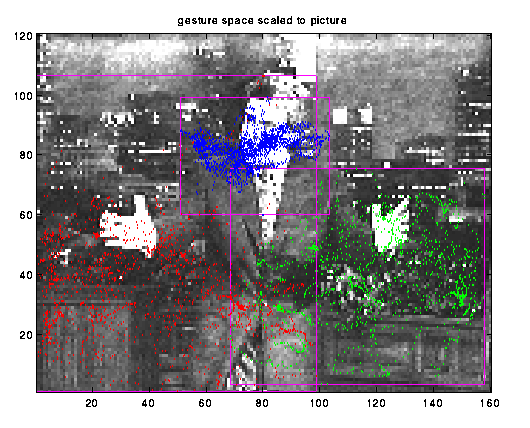
Joshua Wachman

Self-directed curriculum in Media Technology,
(currently offered as
The Program in Media Arts and Sciences)
S.B. Department of Architecture
Massachusetts Institute of Technology , 1990

But I grew up in